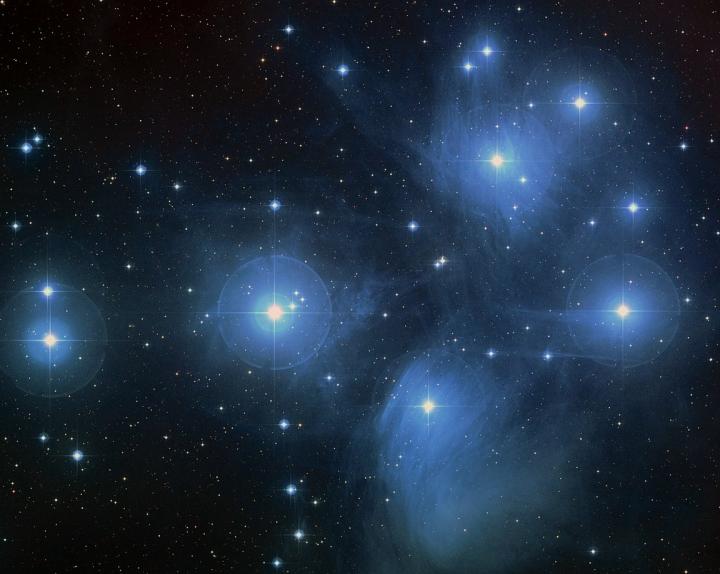Twinkle Stars Gardening Toolkit Wow
Why do stars twinkle? And why don't planets? You'd think the "Twinkle, Twinkle…" nursery rhyme would have ignited a question that everybody would want answered sooner or later.
What Causes Twinkling Stars?
Well, here it is: Stars twinkle because they look like dimensionless points of light even through the largest telescopes, so that their tiny images are easily bent by passage through our thick atmosphere.
But why do they twinkle some nights and not others? Key point. The answer reveals what kind of air lingers over your head.
Air and Water Bend Light
When light passes through air of a different density (thickness) it changes direction, a process called refraction. You see this when looking at a spoon in half a glass of water. The spoon seems bent because its image goes off in a new direction when passing from thin air to thick water.
Since cold air is denser than warm air, the same thing happens when a star's pointlike image zooms through atmospheric layers with different temperatures. If those layers are in motion (count on it) then the light zigs and zags. Voila, twinkling.
Why Stars Stop Twinkling
So twinkling stars mean the air has uneven temperatures. Not surprising, since air (especially dry air) cools quickly after sunset. When the stars don't twinkle, it's telling you that the overhead air is more even—a feature of damp or hazy air. Since summertime air has much more water vapor in it, it doesn't cool as rapidly at night, and this keeps the stars from twinkling!
Low stars pass through thicker horizon air en route to you, so twinkling is usually more exaggerated down near the skyline. That's when bright twinkling stars can even wildly break up momentarily into separate alternating colors.

Nights of wonderful clarity, when a million little stars seem to flood the rural sky (actually there's never more than 2600 naked-eye stars) are usually accompanied by rapidly cooling air and twinkling stars. On the other hand, warm, hazy, humid nights strongly tend to have steady untwinkling stars. That's the best time to use a telescope on the moon and planets because their images will be sharp, not blurry.
Do Planets Twinkle?
An old proverb says that stars twinkle but planets don't. This is usually true. That's because planets have size to them even if they look like points to the naked eye. Their greater width gives them some immunity against having their whole image twisted by our air. Check it out with Jupiter, which these nights appears high up as the night's brightest "star."
So "Twinkle, Twinkle …" provides a physics lesson, lets you gauge atmospheric conditions, shows you what's a planet and what's not, and tells you when to use a telescope. Wow. Who would have guessed that a quick look upward can be so … scintillating?
Twinkle Stars Gardening Toolkit Wow
Source: https://www.almanac.com/why-do-stars-twinkle-night
Posted by: byrdboashe.blogspot.com

0 Response to "Twinkle Stars Gardening Toolkit Wow"
Post a Comment